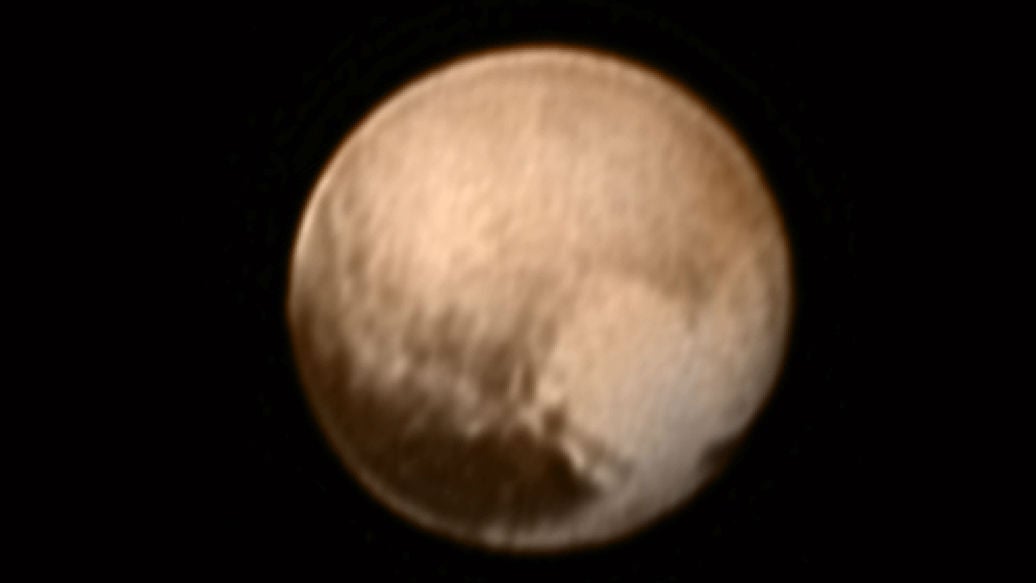This is space history: Nine years and 3 billion miles later, New Horizons is soon to zoom past Pluto
Only 85 years after its discovery, Pluto is getting its close-up. Tomorrow, July 14, around 8am ET, NASA’s New Horizons spacecraft will zip past the dwarf planet at 31,000 miles per hour, snapping detailed images and studying its fascinating geological features. It’s a huge moment in the history of space exploration.


Only 85 years after its discovery, Pluto is getting its close-up. Tomorrow, July 14, around 8am ET, NASA’s New Horizons spacecraft will zip past the dwarf planet at 31,000 miles per hour, snapping detailed images and studying its fascinating geological features. It’s a huge moment in the history of space exploration.
New Horizons was built by the Johns Hopkins University Applied Physics Laboratory in Maryland and launched into space in 2006. In just nine years, New Horizons has traversed our entire solar system, and will continue on to study objects in the Kuiper belt after it passes Pluto (assuming it survives the encounter). From creation, to construction, to execution, the New Horizons project has moved unusually fast—both literally and figuratively. It took the Apollo 11 mission three days to get to the moon; New Horizons got there in a few hours.
As New Horizons has flown closer and closer to Pluto, it’s taken increasingly clear images that show some strange topological features, like its large heart-shaped region or its mysterious dark spots. On July 14, though, New Horizons will snap its most detailed and colorful images yet, allowing astronomers to learn about Pluto’s composition, atmosphere, and its origin—which in turn could reveal more about our own planet’s history. You can watch the fly-by live on NASA TV tomorrow at 7:30am ET or follow along on social media.
The ashes of Clyde Tombaugh, who discovered Pluto in 1930 and died in 1997, are aboard New Horizons. Other stowaways include an American flag and the state quarter of Maryland.
While technically not a planet (tell that to anyone who grew up during the last 85 years), Pluto is still very much a part of our solar system. With this fly by, an era of space travel comes to an end (paywall). The outermost world in our solar system, Pluto was the last major object to be explored. To be sure, there is still much to be discovered about the planets we’ve already reached, and even more to uncover about their various moons—some of which could harbor life.
But tomorrow, we can truly say that mankind has completed phase one of its mandate of space exploration—that, in a nod to the poetry once read by former US president Ronald Reagan, we’ve slipped the surly bonds of Earth and danced the skies of Pluto.